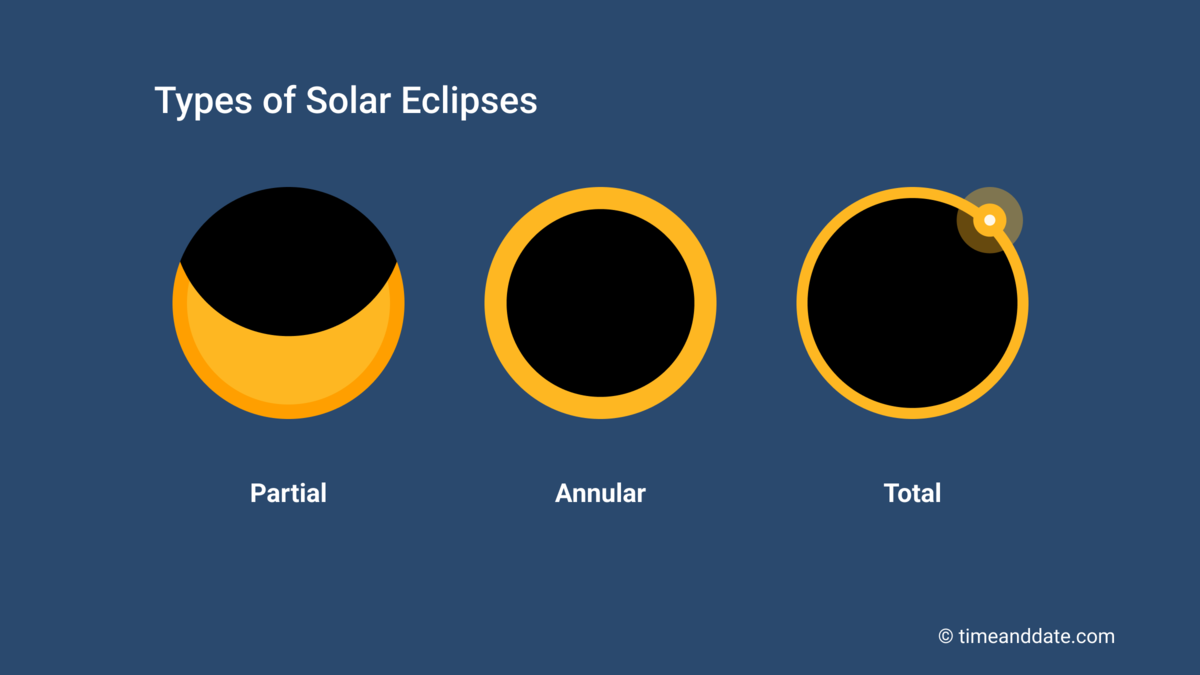image source: https://www.timeanddate.com
Welcome to our article on the frequency of solar eclipses in the United States. Have you ever wondered how often you can witness this awe-inspiring celestial event in the US? Well, you’ve come to the right place. In this article, we will explore the occurrence of solar eclipses in the US and shed light on some fascinating facts about this natural phenomenon. So, let’s dive in and discover just how often a solar eclipse happens in the US.
Discover the Frequency of Solar Eclipses in the United States: How Often Do They Happen?
Solar eclipses are rare and awe-inspiring events that occur when the Moon passes between the Earth and the Sun, blocking out the Sun’s light. Depending on their location, people in the United States may have the opportunity to witness a solar eclipse every few years. However, the frequency of these events can vary greatly depending on the specific location within the country.
The United States is a large and diverse country, spanning from the Atlantic to the Pacific Ocean, and from the Canadian border to the Mexican border. As such, the frequency of solar eclipses can vary greatly from state to state. In general, the more northern and western states have a higher chance of experiencing a solar eclipse compared to the southern and eastern states.
On average, there is a total solar eclipse visible from some part of the United States every 1-2 years. However, this does not mean that every state will experience a solar eclipse during this time frame. For example, some states may go decades without witnessing a total solar eclipse, while others may experience multiple eclipses within a few years.
The frequency of solar eclipses in a specific location can also depend on the type of eclipse. A total solar eclipse, where the Moon completely blocks out the Sun’s light, is rarer than a partial or annular eclipse. A partial eclipse occurs when the Moon only partially covers the Sun, while an annular eclipse happens when the Moon is farther away from the Earth and does not completely block the Sun, creating a “ring of fire” effect.
The last total solar eclipse visible in the United States occurred on August 21, 2017, and was visible from a path that stretched from Oregon to South Carolina. This was the first total solar eclipse visible in the contiguous U.S. since 1979, making it a highly anticipated event. The next total solar eclipse in the U.S. will occur on April 8, 2024, and will be visible in a path from Texas to Maine.
While total solar eclipses are rare, partial eclipses are more common and can be visible from different parts of the country every few years. In fact, between 2011 and 2020, there have been 17 partial solar eclipses visible in the United States.
Overall, the frequency of solar eclipses in the United States can vary greatly depending on location and the type of eclipse. However, on average, there is at least one solar eclipse visible in some part of the country every year. So, while witnessing a total solar eclipse may require some planning and travel, Americans have the opportunity to experience this awe-inspiring event at least once in their lifetime.In conclusion, understanding the frequency of solar eclipses in the US is crucial for both scientific curiosity and planning future astronomical events. By knowing that a solar eclipse happens approximately every 18 months in the US, individuals can prepare and witness this rare and awe-inspiring phenomenon. Whether for educational purposes or simply for the wonder and beauty it brings, the occurrence of a solar eclipse in the US is a not-to-be-missed event. Stay informed and mark your calendars for the next one!
